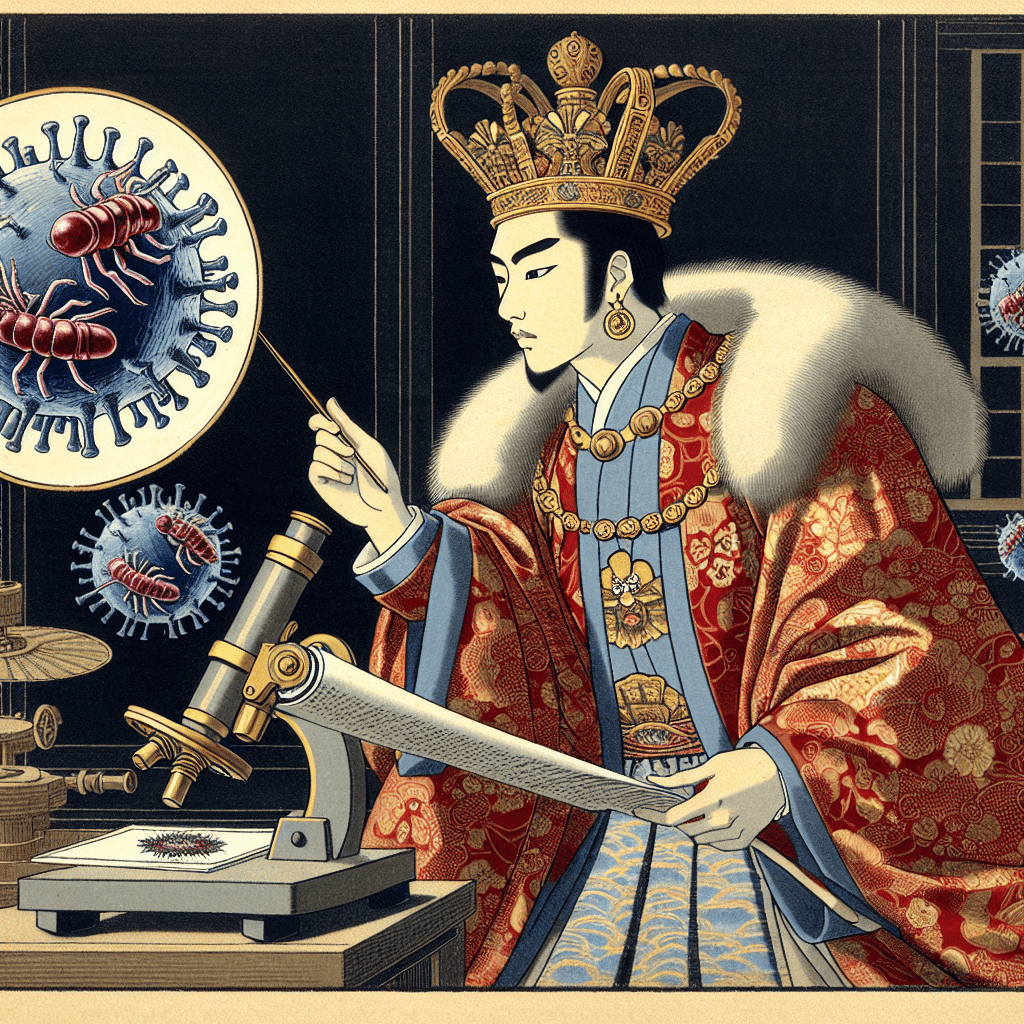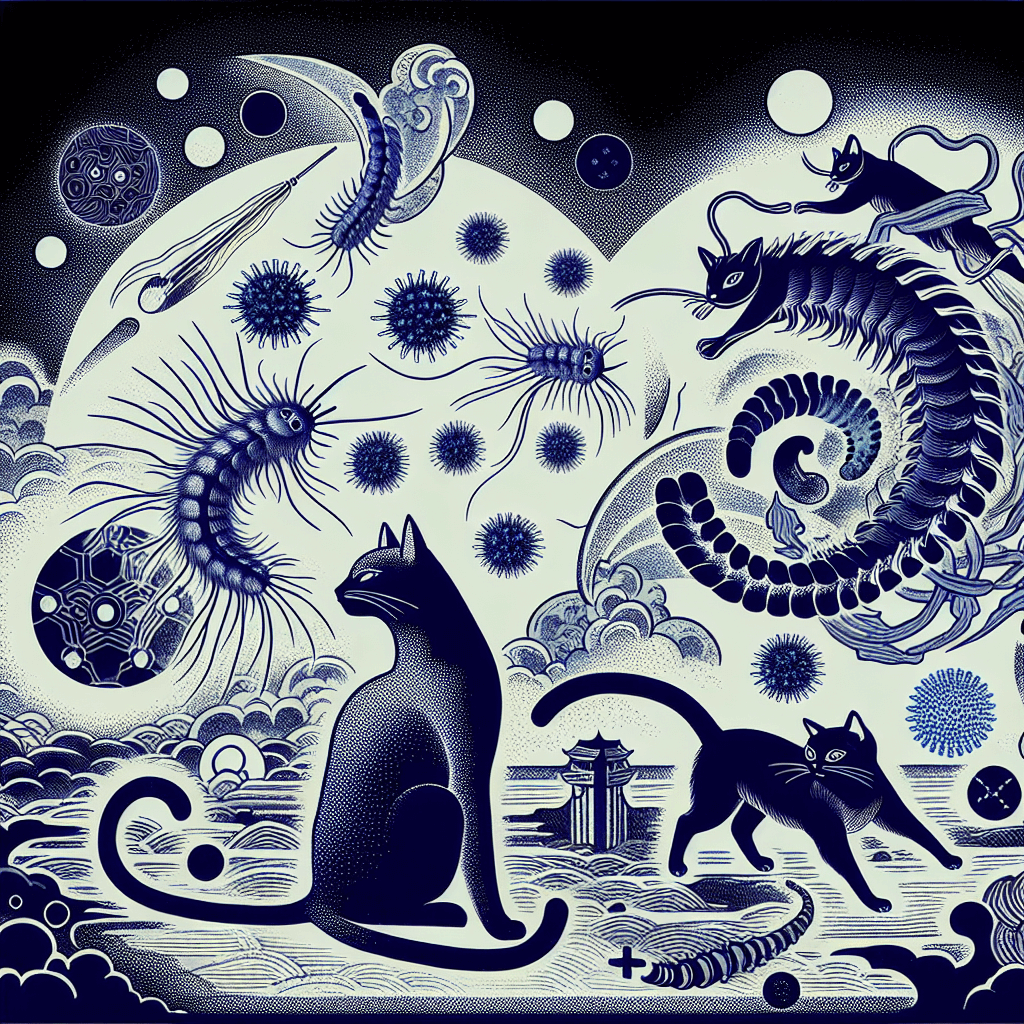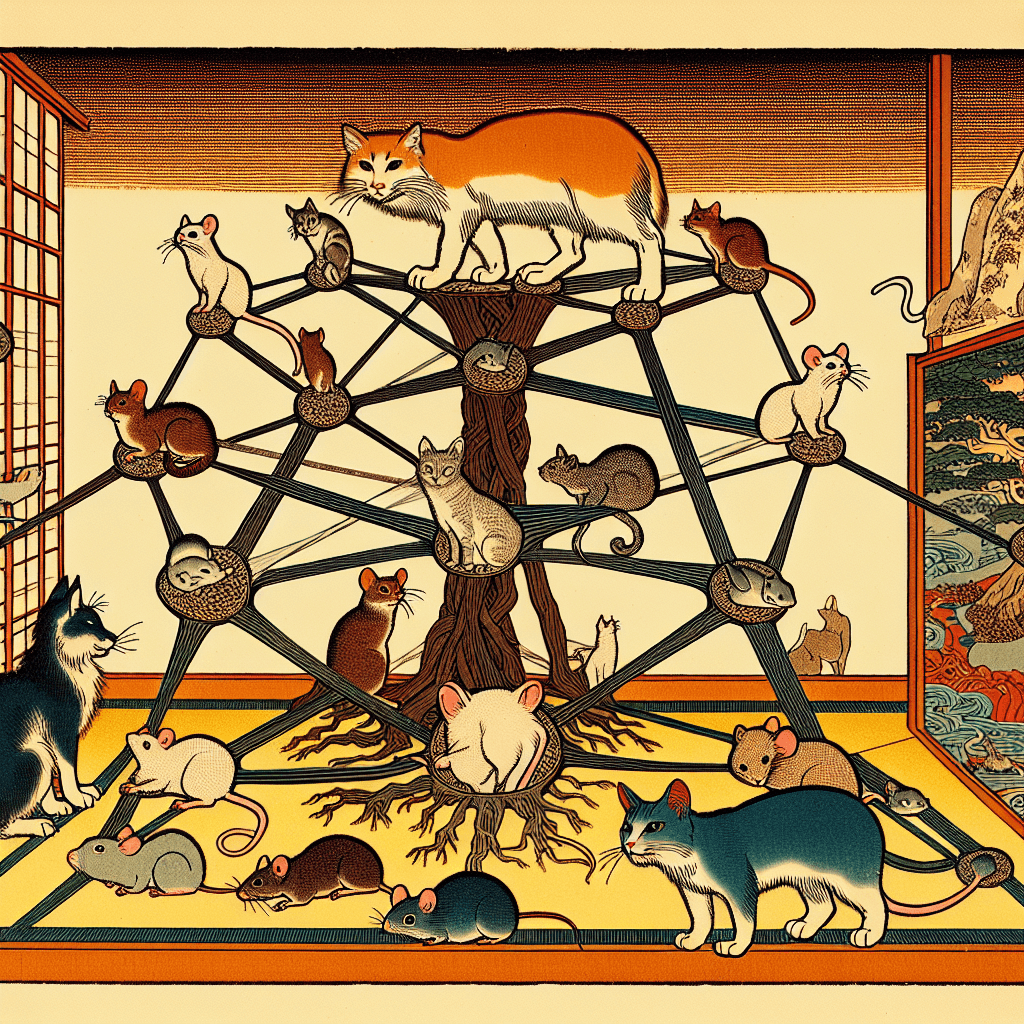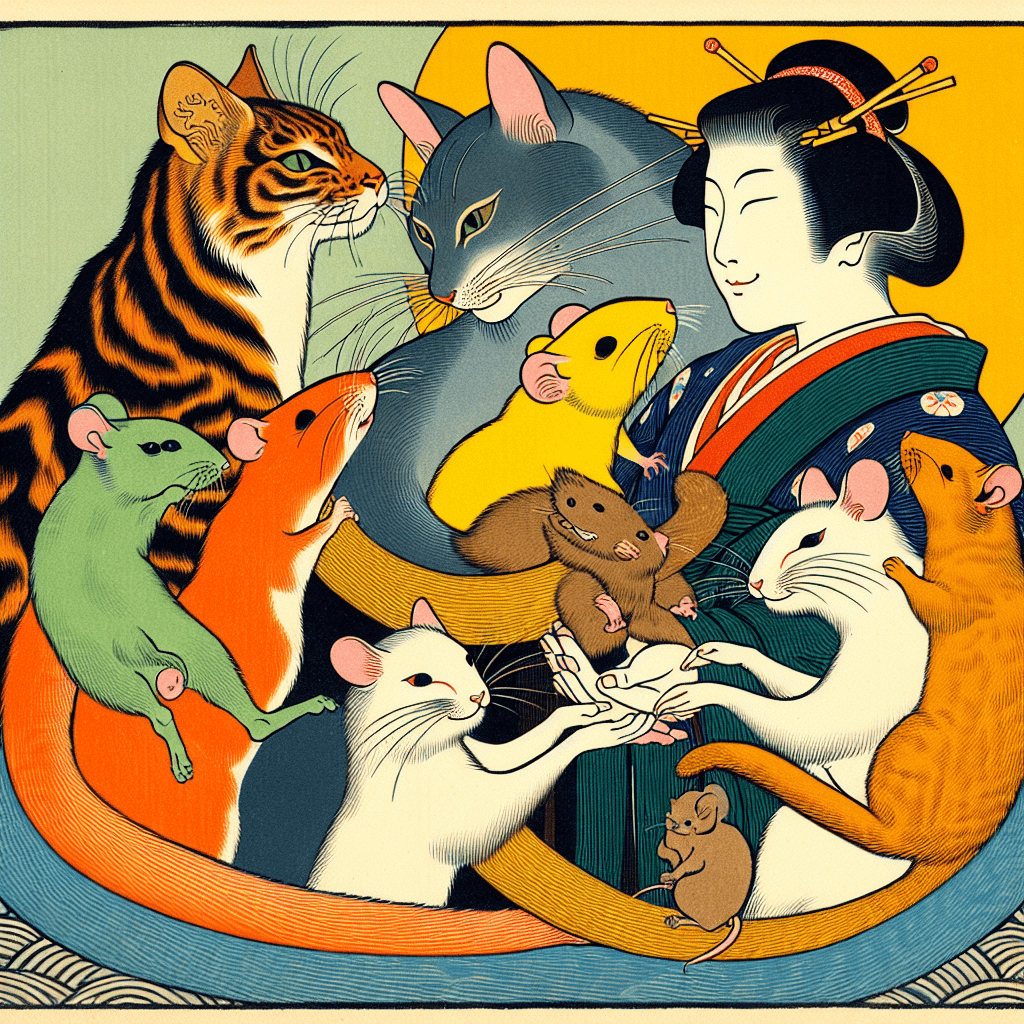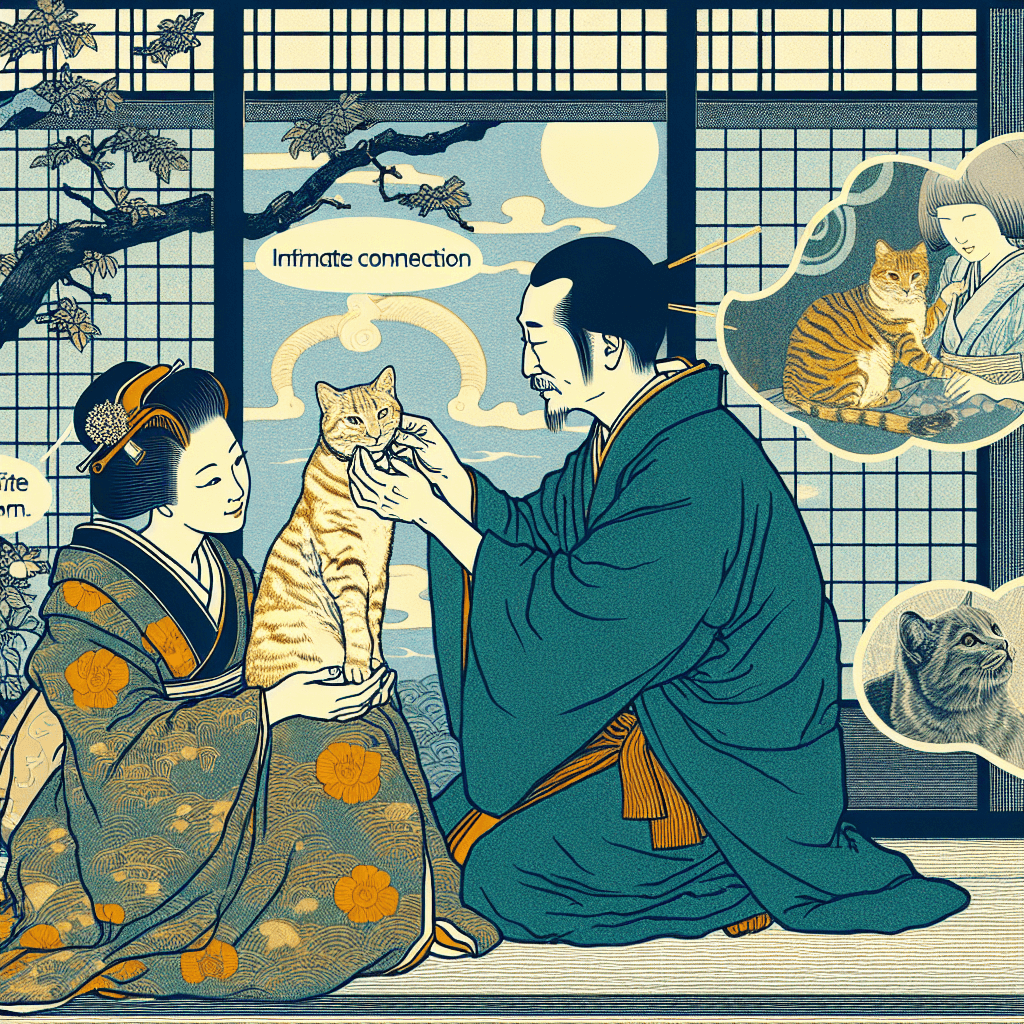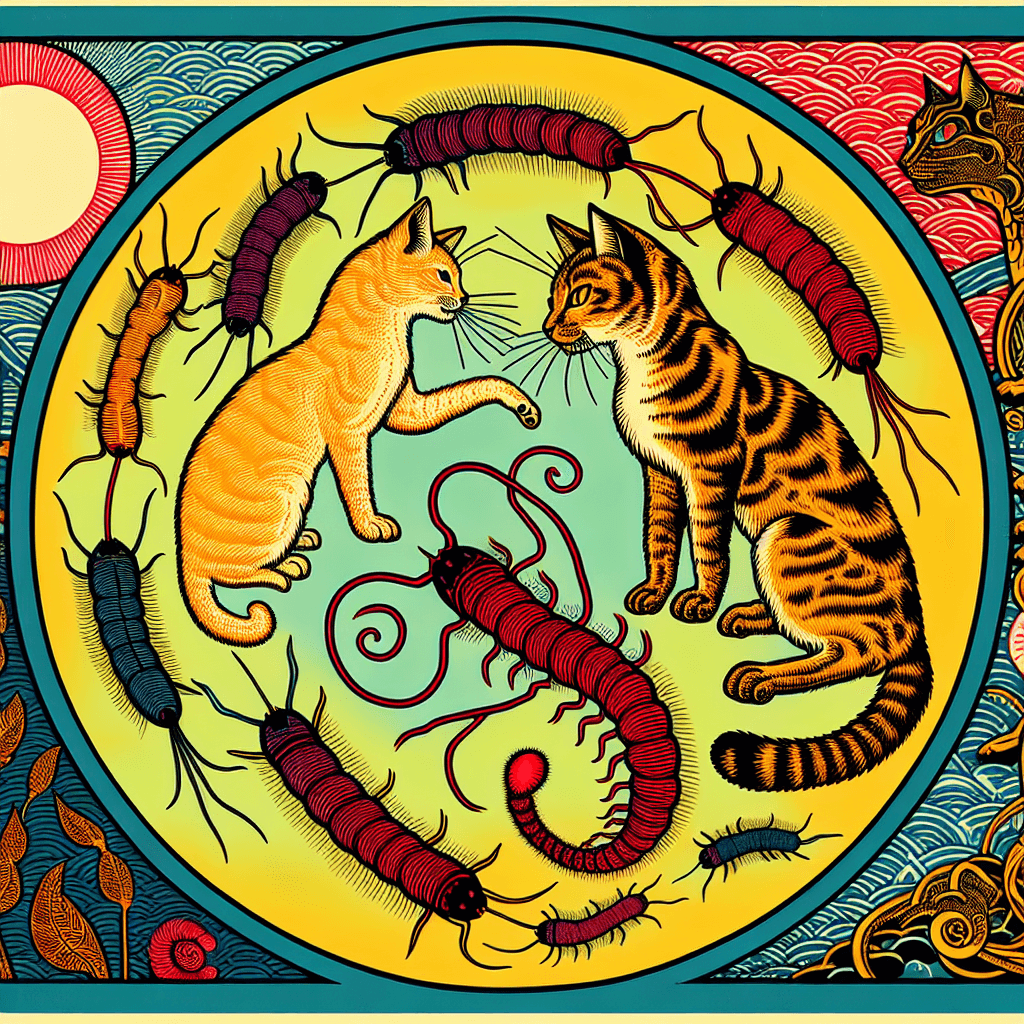Exploring the Cultural Relevance of T. gondii and Cats in Japanese Culture
syndu | Oct. 3, 2024, 3:27 p.m.
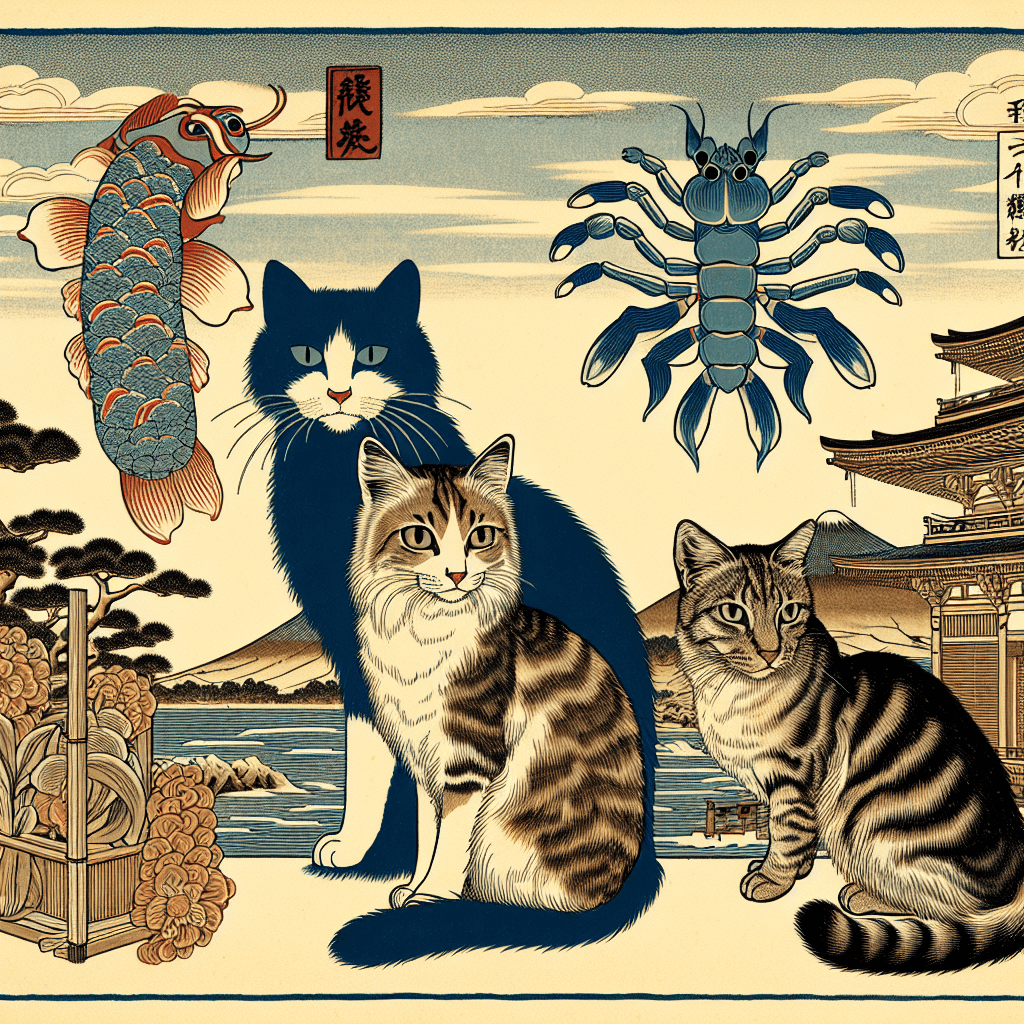
Exploring the Cultural Relevance of T. gondii and Cats in Japanese Culture
Introduction
In the intricate tapestry of Japanese culture, where tradition and modernity coexist, the relationship between humans and animals holds a special place. Among these relationships, the bond between cats and humans is particularly significant, steeped in symbolism and cultural narratives. This exploration delves into the cultural relevance of Toxoplasma gondii (T. gondii) and its association with cats, examining how these elements feature in Japanese culture and influence societal norms and beliefs.
The Mystique of T. gondii
Toxoplasma gondii is a microscopic parasite that has intrigued scientists and storytellers alike due to its complex life cycle and potential influence on human behavior. While T. gondii is not a widely recognized cultural symbol in Japan, its association with cats, which are deeply embedded in Japanese folklore and daily life, provides an intriguing lens through which to explore its cultural relevance.
Cats in Japanese Culture
Cats have long been revered in Japan, symbolizing luck, protection, and mystery.
They are celebrated in various forms, from the ubiquitous Maneki-neko (beckoning cat) figurines, believed to bring good fortune, to the legendary tales of Nekomata, mythical cats with supernatural powers. These cultural icons reflect the deep-seated appreciation and fascination with feline companions in Japanese society.
- Maneki-neko: Often seen in shops and homes, the Maneki-neko is a talisman of prosperity and good luck. Its raised paw is said to beckon wealth and success, making it a popular symbol in business and personal spaces.
- Nekomata: In Japanese folklore, Nekomata are cats that have lived long enough to gain supernatural abilities, often depicted with two tails. These mythical creatures are believed to possess the power to transform into humans and manipulate the dead, adding a layer of mystique to the cultural perception of cats.
- Cats in Literature and Art: Cats frequently appear in Japanese literature and art, symbolizing various themes from independence and mystery to companionship and protection. They are often portrayed as wise and enigmatic creatures, reflecting the cultural admiration for their grace and independence.
T. gondii and Human Behavior
While T. gondii itself is not a prominent cultural symbol, its potential influence on human behavior has sparked interest in scientific and popular discourse. Studies suggest that T. gondii infection may subtly alter human behavior, potentially affecting personality traits and risk-taking behaviors. This scientific curiosity aligns with the broader cultural fascination with the unseen forces that influence human life, a theme prevalent in Japanese folklore and philosophy.
The Interplay of Science and Culture
The exploration of T. gondii and its association with cats offers a unique intersection of science and culture. In Japan, where the boundaries between the natural and supernatural often blur, the scientific study of T. gondii can be seen as a modern extension of traditional narratives that explore the unseen influences on human life.
Conclusion
The cultural relevance of T. gondii in Japan is intricately linked to the nation's deep appreciation for cats and the symbolic roles they play in society. By examining this relationship, we gain insights into the broader cultural narratives that shape Japanese society, where science and tradition coexist in a harmonious dance. This exploration invites further inquiry into the ways in which cultural symbols and scientific discoveries intersect, enriching our understanding of both human and animal worlds.

